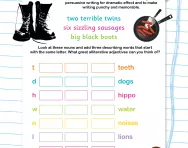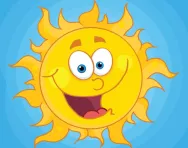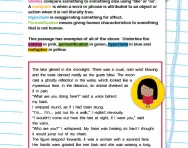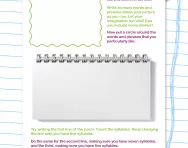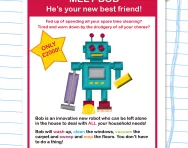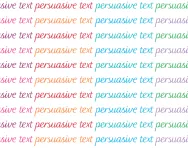Important update from TheSchoolRun
For the past 13 years, TheSchoolRun has been run by a small team of mums working from home, dedicated to providing quality educational resources to primary school parents. Unfortunately, rising supplier costs and falling revenue have made it impossible for us to continue operating, and we’ve had to make the difficult decision to close. The good news: We’ve arranged for another educational provider to take over many of our resources. These will be hosted on a new portal, where the content will be updated and expanded to support your child’s learning.
What this means for subscribers:
- Your subscription is still active, and for now, you can keep using the website as normal — just log in with your usual details to access all our articles and resources*.
- In a few months, all resources will move to the new portal. You’ll continue to have access there until your subscription ends. We’ll send you full details nearer the time.
- As a thank you for your support, we’ll also be sending you 16 primary school eBooks (worth £108.84) to download and keep.
A few changes to be aware of:
- The Learning Journey weekly email has ended, but your child’s plan will still be updated on your dashboard each Monday. Just log in to see the recommended worksheets.
- The 11+ weekly emails have now ended. We sent you all the remaining emails in the series at the end of March — please check your inbox (and spam folder) if you haven’t seen them. You can also follow the full programme here: 11+ Learning Journey.
If you have any questions, please contact us at [email protected]. Thank you for being part of our journey it’s been a privilege to support your family’s learning.
*If you need to reset your password, it will still work as usual. Please check your spam folder if the reset email doesn’t appear in your inbox.
What are alliteration, assonance and consonance?
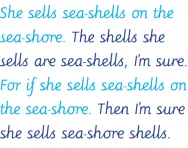
What is alliteration?
Alliteration is the repetition of an initial letter or sound in closely connected words (for example, in the sentence: 'Peter Piper picked a peck of pickled peppers.', many of the words start with the letter p).
Alliteration is often used in poetry to create an effect. The repeated sound is in the stressed syllable of the word: The dreaded dawn arrived
It is sometimes used in children's songs:
Pease porridge hot,
Pease porridge cold,
Pease porridge in the pot,
Nine days old.
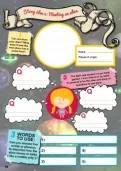
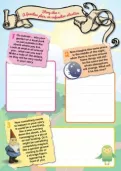
Download a FREE Creative Writing toolkit!
- KS1 & KS2 workbooks
- Bursting with fill-in prompt sheets and inspiring ideas
- Story structure tips, style guides and editing suggestions
Children will be encouraged to look at alliteration in poetry and stories. They may also come across it when discussing persuasive writing in advertising, for example:
- Don't dream it. Drive it.
- You'll never put a better bit of butter on your knife.
Alliteration makes writing sound punchy and can be memorable for the person reading it.
A good alliteration activity for children is to show them a sentence like the following:
Walter walked warily to the waterfront.
Teachers could encourage children to think of their own character, and then write a sentence similar to this one containing a verb, adverb and noun that all start with the same letter.
This activity helps children to think about different word classes and is a fun way to encourage them to play with language, thus improving their writing skills.
What are assonance and consonance?
Assonance (or vowel rhyme) is the repetition of a vowel sound in a sentence to create an internal rhyme. The sound does not always have to be at the start of a word. For example:
The moon rose over an open field
proud round cloud
Consonance is the repetition of consonants in quick succession in a sentence:
grassy summer days
pitter patter


